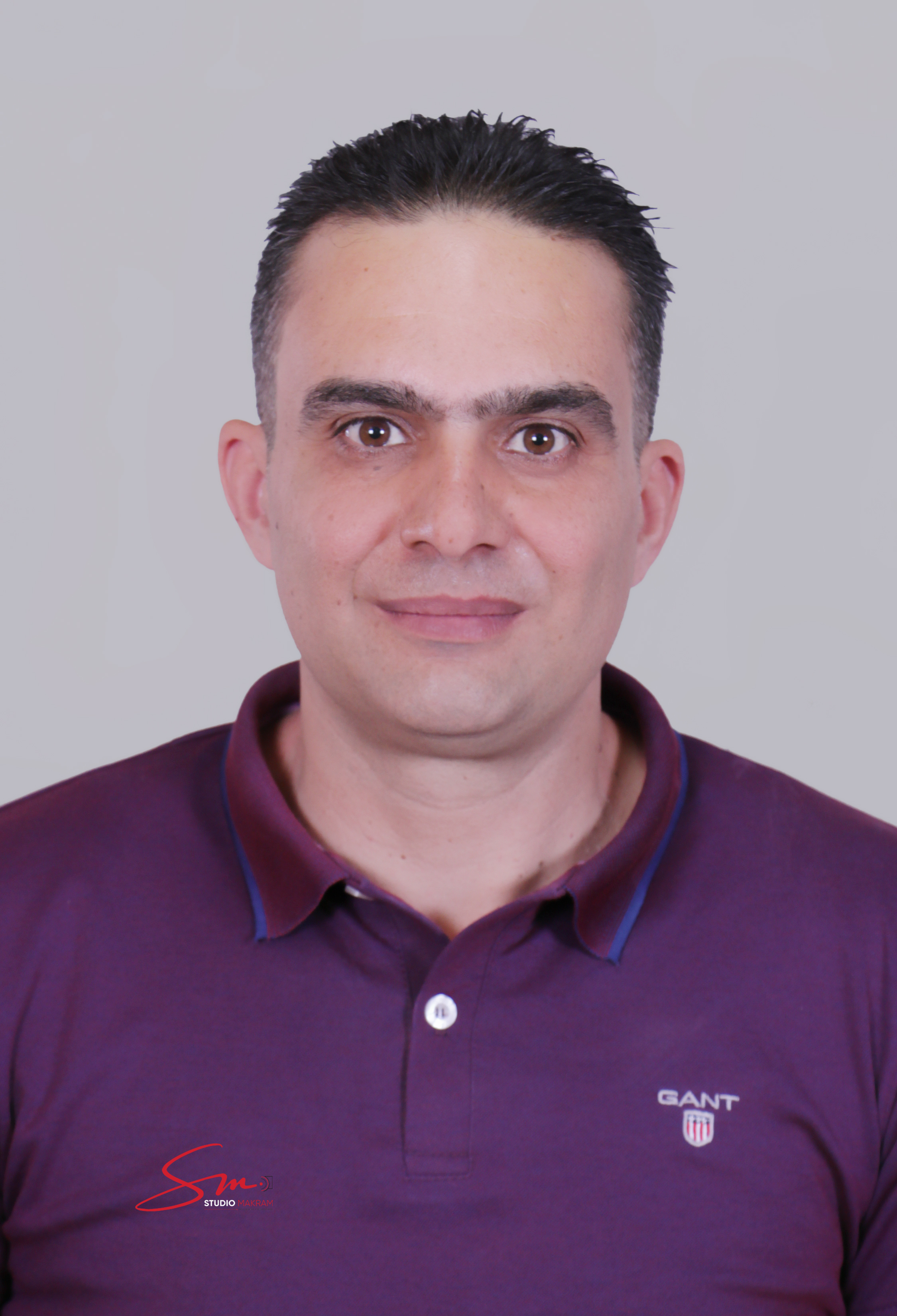Profile Yousri Kessentini
First Name
Yousri
Last Name
Kessentini
Address
Technopole of Sfax, PO Box 275, Sakiet Ezzit, 3021 Sfax - Tunisia
Zip code
3038
Biography
Yousri KESSENTINI is Associate Professor at the Digital Research Center of Sfax (CRNS) and the head of the DeepVision research team. He received his Ph.D. degree in the field of pattern recognition from the University of Rouen, France in 2009. He was postdoctoral researcher at ITESOFT company and LITIS laboratory from 2011 to 2013. He is certified as an official instructor and ambassador from the NVIDIA Deep Learning Institute. His main research areas concern deep learning, document processing and recognition, data fusion, and computer vision. He has participated in several research projects and technology transfer projects. He has published more than 60 papers in international conferences and journals. He is also a reviewer for several international conferences and journals in the field of pattern recognition and computer vision.
Scientific publications
| Title | Cited by | Year |
|---|---|---|
Enhance to read better: A Multi-Task Adversarial Network for Handwritten Document Image EnhancementS Khamekhem Jemni, MA Souibgui, Y Kessentini, A FornésPattern Recognition 123 (108370), 2022 |
69 | 2022 |
Few shots are all you need: a progressive learning approach for low resource handwritten text recognitionMA Souibgui, A Fornés, Y Kessentini, B MegyesiPattern Recognition Letters 160, 43-49, 2022 |
41 | 2022 |
Pansharpening approach via two-stream detail injection based on relativistic generative adversarial networksT Benzenati, Y Kessentini, A KallelExpert Systems with Applications 188, 115996, 2022 |
32 | 2022 |
One-shot compositional data generation for low resource handwritten text recognitionMA Souibgui, AF Biten, S Dey, A Fornés, Y Kessentini, L Gomez, ...Proceedings of the IEEE/CVF Winter Conference on Applications of Computer …, 2022 |
22 | 2022 |
Domain and writer adaptation of offline Arabic handwriting recognition using deep neural networksSK Jemni, S Ammar, Y KessentiniNeural Computing and Applications 34 (3), 2055-2071, 2022 |
21 | 2022 |

